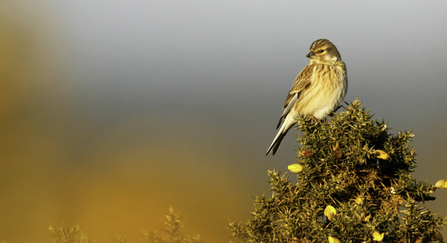Somerset is a county blessed with an extensive network of hedgerows that are a vital part of our nature recovery network.
Hedgerows are a vital resource for a myriad of plants and animals. Not only do they provide shelter and food, but they also link up sections of our countryside, creating pathways for animals to move around. Often, they have archaeologically important old banks and ditches associated with them. With nectar-rich blossom in the spring, insects buzzing in the dense thickets in summer and red berries abounding in autumn, hedgerows provide wildlife with a rich larder.
Hedgerows can also prevent soil erosion, capture pollutants such as fertilisers and pesticides running off fields, store carbon to help combat climate change, provide homes for predators of many pest species, assist in terms of flood control/water regulation, provide shelter for livestock, and more!
However, heavy or poorly timed management can negatively impact the fauna of our hedgerows and therefore the animals that rely on them. This is why properly managed hedgerows are such an important part of our landscape.





